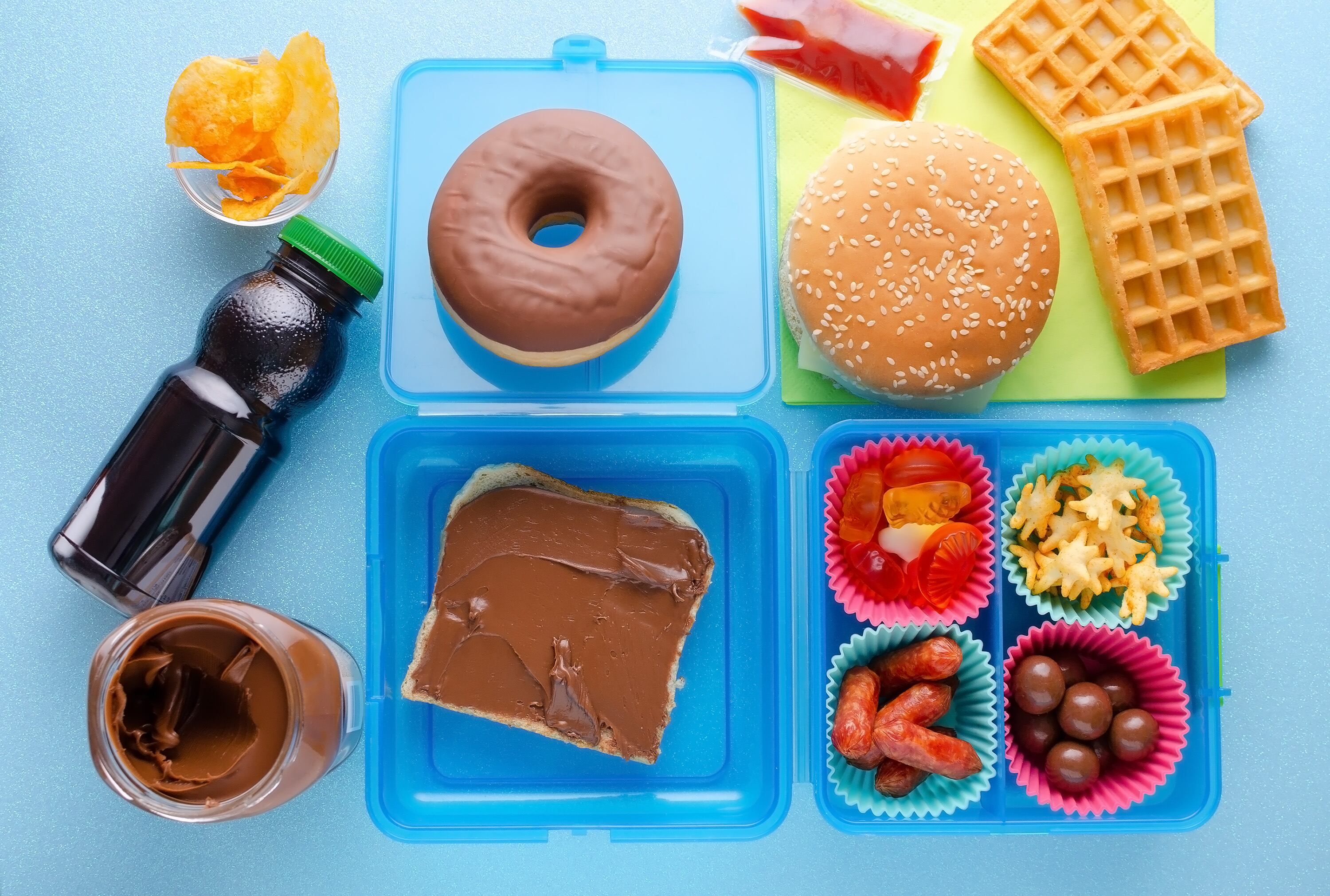The relaxed measures come as Public Health England (PHE) admits its previous 20% calorie reduction target for foods that most contribute to children’s calorie intakes, across all sectors of the food industry, was ‘unrealistic’.
Having published the original guidance in March 2018, PHE observed a pattern in stakeholder feedback. Notably, retailers and manufacturers of branded products felt a 20% calorie reduction was not feasible – and did not reflect the lower calorie ranges seen in this sector.
In response to industry feedback, PHE’s latest guidance – published yesterday (7 September 2020) – distinguishes between foodmakers and foodservice operators. The latter covers the eating out of home, takeaway and delivery sector, which remains subject to voluntary 20% calorie reduction targets.
So who has to cut what, where?
The government has tied the announcement of its new calorie reduction guidelines to its ‘national effort against COVID-19 and obesity’.
Obesity is a recognised risk factor for severe clinical outcomes of the novel coronavirus, and PHE hopes its voluntary targets will help “make it easier for the nation to choose healthier options in everyday meals and food”.
So what impact will the new guidelines have on industry? As previously mentioned, the ambition for most retailers and manufacturer branded products is a 10% reduction in calories. This is accompanied by a ‘maximum’ guideline for products likely to be consumed in a single occasion (calories per portion) across all categories.
“The intention is that guidelines for the retail and manufacturing sectors would additionally help to ensure that the calorie density and/or portion size of products does not increase in the future,” noted PHE.
For the out of home, takeaway and delivery sector, most meals will be subjected to a 20% calorie reduction target. The maximum calories per portion guideline also applies to this sector.
A 10% calorie reduction ambition has been set for children’s meal bundles. The same goes for retailers making ready meals, chips and garlic bread. Crisps and savoury snacks makers have been challenged to a 5% calorie reduction.
Both sectors – food manufacturers, and out of home, takeaway and delivery – are being targeted by a 5% calorie cut on sandwiches, while pizza and pastry products have been set a 20% ambition across the board.

Turning to PHE’s sugar reduction strategy for inspiration, the government is encouraging industry to reduce calories in three ways: reformulation, shrinkification – whereby the product recipe remains the same, but the serving size is reduced – and by shifting consumer purchasing towards lower calorie products.
Calorie reduction progress is to be measured from a 2017 baseline, with progress reports due to be published in 2022, 2024 and 2025. “The government remains committed to further action if results are not seen,” noted PHE.
Are the new guidelines sufficient?
For PHE, the new guidelines are about ‘broadening choice for consumers’, as well as ‘making the healthier choice the easy choice’. “Progress to date on sugar and salt reduction has shown that this can happen without compromising on taste and quality,” said PHE Chief Nutritionist Dr Alison Tedstone.
By relaxing the guidelines, of course, consumers will be consuming more calories than PHE had originally intended. But the British Nutrition Foundation (BNF) says that in the long term, the recently announced targets could make a difference.
“A 20% calorie reduction for the relevant foods included in the modelling was previously estimated to lead to a reduction in average number of calories for the whole population of approximately 68 calories per day, so the new targets would be expected to lead to smaller reductions,” explained BNF senior scientist Anne de la Hunty.
“Nevertheless, small reductions in calorie intakes, sustained over the long term, across the population, could help to address the significant incidence of overweight and obesity.
“The benefit for individuals will depend on the amount of foods included in the reduction programme that they normally eat, with people consuming more gaining greater benefit.”

The age-old question, asked whenever discussing voluntary measures, is relevant here: Should these targets be made mandatory? According to BNF’s de la Hunty, doing so would be challenging from a regulatory perspective.
“Mandatory calorie caps for such different types of foods would need to be a complex set of targets and would be extremely difficult to enforce,” she told FoodNavigator.
“In addition, they would not take into account the different energy requirements of different people or stop people having larger portions. Calorie caps, whether voluntary or mandatory, are only one part of a package of measures necessary to help people eat fewer calories than they already do.”
Industry facing a ‘monumental challenge’
From an industry perspective, food manufacturers are pleased their feedback was taken into account. However, UK trade body the Food and Drink Federation (FDF) suggested PHE’s timing was less than ideal.
“The new 10% reduction guideline for most foods and drinks still represents a monumental challenge for the sector, particularly given the challenges of COVID and Brexit,” said FDF’s Chief Operating Officer Tim Rycroft.
“It is also extraordinary that, after the most challenging year for food and drink ever, we have not been given more time to achieve this. Food and drink manufacturers have spent most of 2020 engaged in herculean efforts to keep the nation fed, yet there is absolutely no recognition of this.”
Rycroft also raised concerns that the government’s new obesity strategy for England could limit manufacturers’ ability to adhere to the new targets.
“These calorie targets will be made harder to achieve if the government’s recent obesity strategy is implemented. The current proposals to restrict promotions and advertising of many everyday foods and drinks will prevent companies from bringing reformulated, healthier options to the attention of shoppers.”





